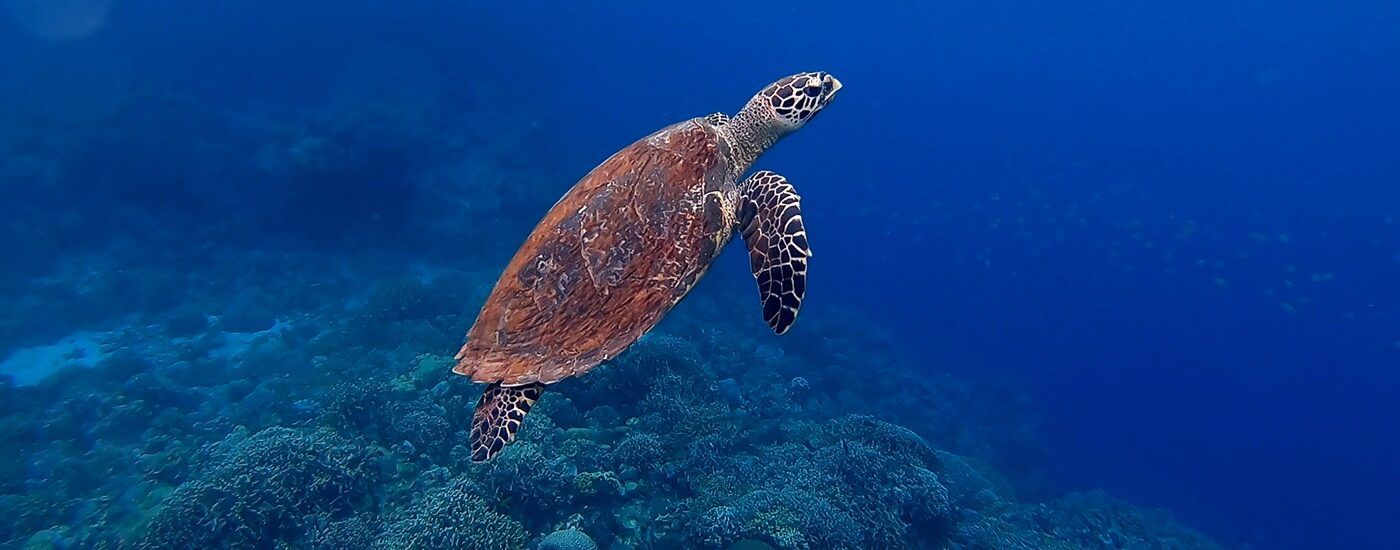10 facts about the Maldives
The Maldives is a dream holiday destination with its amazingly clear waters, gorgeous weather and over-water cabins on stilts. We’ve got 10 facts about the Maldives to share with you about this little slice of paradise!
Scenery aside, the Maldives has a rich culture and fascinating history, along with unique geology with the whole country being made up of 26 coral atolls that formed after the eruption of ancient underwater volcanoes.
10 facts about the Maldives
Here are 10 facts about the Maldives to show you more about these Indian Ocean islands
1. Less than a fifth of the islands are inhabited
The Maldives is home to around 540,000 people, roughly the same amount of residents as Manchester. However, only around 200 out of the 1,200 islands in the archipelago are inhabited.
A ban was introduced in 1984 on visiting the inhabited islands, but this was lifted in 2009 so visitors can experience the cultural side of the Maldives beyond the resorts and help the tourism industry.
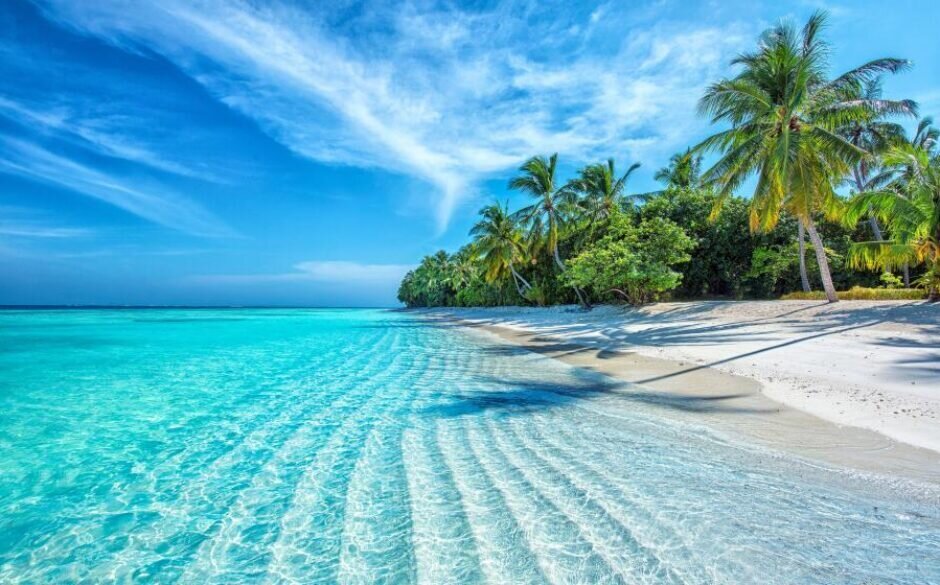
2. It has only been a holiday destination for 50 years
The Maldives is a relatively new tourist destination, despite being around for a few thousand years! It was a secret destination for surfers and divers before the first resort opened in 1972.
Former President Maumoon Abdul Gayoom gave tourism a huge boost during his first term in power and in 2019, 1.7 million tourists visited the Maldives.
3. The beaches are extremely rare
Next on our list of 10 facts about the Maldives is the pure white sand of the Maldives. It not only looks attractive but it’s actually made from coral. Coraline beaches make up only 5% of the world’s beaches, with most beach sand being made of quartz.
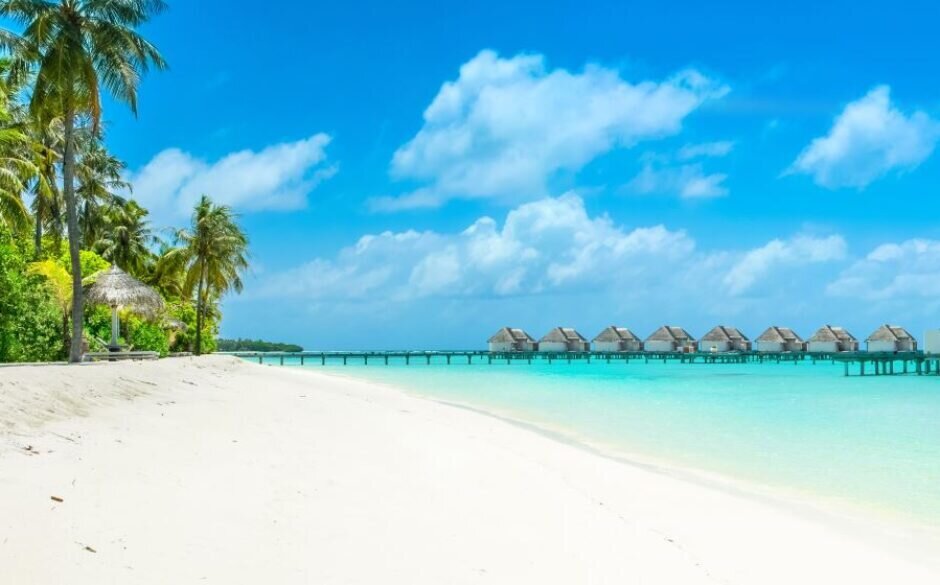
4. Shells were used as currency
Shells were used as a method of international trading currency in the 1800s, something which the Maldives had by the bucketload! These cowrie shells are distinctive, lightweight, and cannot be forged, making them an ideal money substitution. The shell-money trade is long since gone, and the cowrie shell is worthless these days, although it remains as the emblem of the Maldives Monetary Authority.
Image: Wikimedia
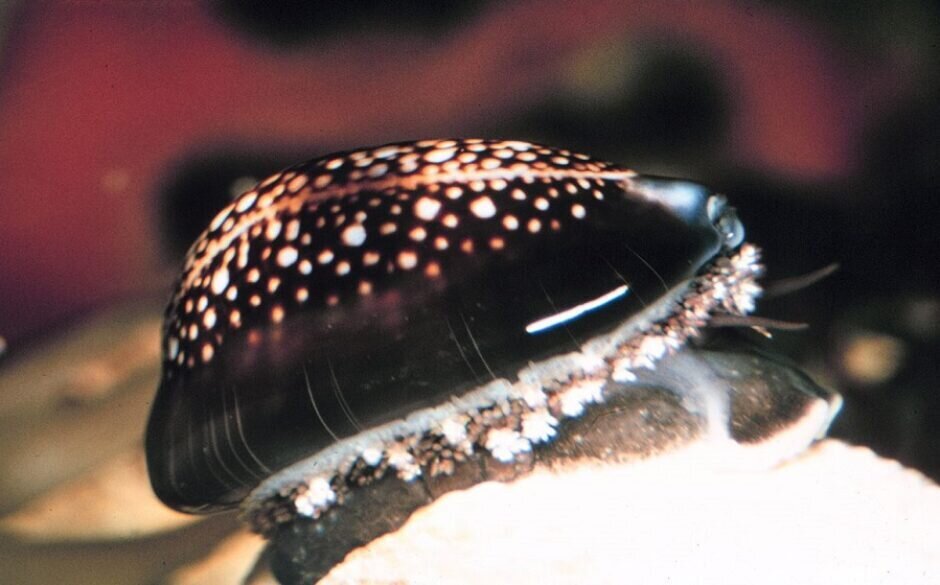
5. Swim with enormous fish
The Maldives is known for its variety of marine life, but the king of the waves here is the whale shark. The largest fish in the ocean, whale sharks can grow up to 20ft long, but you don’t need to fear a ‘Jaws’ type scenario as they live off a diet of plankton.
If you want to spot these enormous beasts all year round, then head to the southern part of Sun Island’s reef on the South Ari Atoll. Other spots are Rangali Island and the uninhabited Hanifaru Bay.
Image: Pxhere
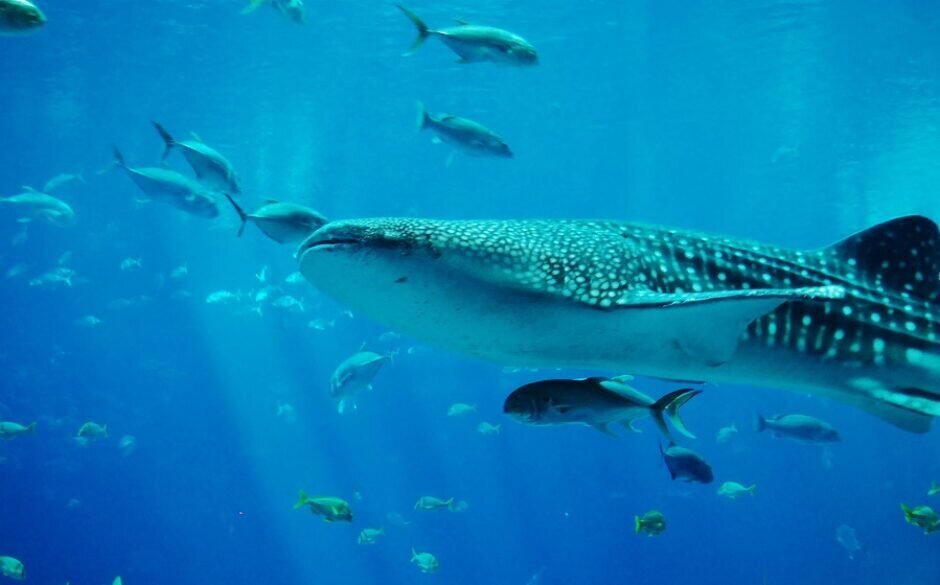
6. The Maldives is the world’s lowest nation
The Maldives are merely eight feet above sea level at their highest natural point, which is lower than every other country on the planet. The 1,200 islands are on average around seven feet above sea level. The archipelago is protected from monsoon season swells by a natural barrier of coral reefs.
7. The Maldives held the first underwater cabinet meeting
One of the benefits of being the world’s lowest nation is being able to hold a cabinet meeting at the bottom of the sea! This is what Maldivian President Mohamed Nasheed did in 2009 as a gesture for help over rising sea levels that would submerge some of the low lying areas by 2100.
The 11 ministers signed a document calling for global cuts to carbon emissions, and their signed wetsuits were auctioned to raise money for coral reef protection. This is definitely our favourite 10 facts about the Maldives!
8. The islands have been inhabited for over 3,000 years
There is archaeological evidence to suggest that the Maldives had inhabitants as long ago as 1500 BCE.
Before the Maldives converted to Islam in 1153 CE, Buddhists are thought to have arrived from Sri Lanka and settled briefly. For years, the islands had been used as a stopping point by Arab traders on their way to Asia, and many of them decided to stay.
9. Language
Although most Maldivians can speak English with no problems (and resort staff often speak a range of other international languages), the national language is Dhivehi. Why not learn a few phrases and words to impress the locals?
Hello – Assalaamu Alaikum (from Arabic, meaning peace be with you)
Nice to meet you – Baddhalu vee thi varah ufavejje
Goodbye – Dhanee/Vakivelan
What is your name? – Kon nameh tha kiyanee?
My name is (name) – Aharenge namakee (name)
Yes – Aan
No – Noon
Please – Adhes kohfa (not commonly used as it means “I beg you”)
Thank you – Shukriyaa
You’re welcome – Maruhabaa
Excuse me – Ma-aaf kurey
Do you speak English? – Ingireysin vaahaka dhakkan ingeytha?
I don’t understand – Ahannakah neyngunu
Good morning – Baajjaveri hendhuneh
Good evening – Baajjaveri haveereh
Good night – Baajjaveri reygande
Good night (when you retire to bed) – Ufaaveri nidhumeh
10. Weekends are different in the Maldives
Last but not least of our 10 facts about the Maldives is the structure of the week. The weekend in the Maldives is on Friday and Saturday, which you might have experienced if you’ve visited an Islamic country, or been to Egypt, Jordan or Oman. This won’t affect your stay if you’re at a resort but factor this in if you’re planning to visit a local island as services may be reduced.
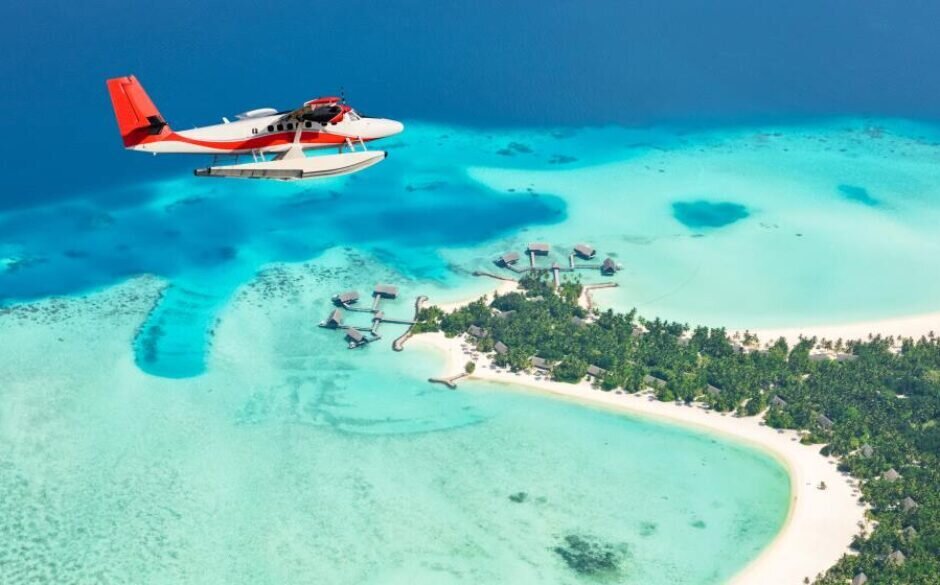
We hope we’ve inspired and enlightened you with our 10 facts about the Maldives! For information on our wonderful Maldives tour packages, click here, or feel free to contact us and we can work with you to create your dream holiday.

